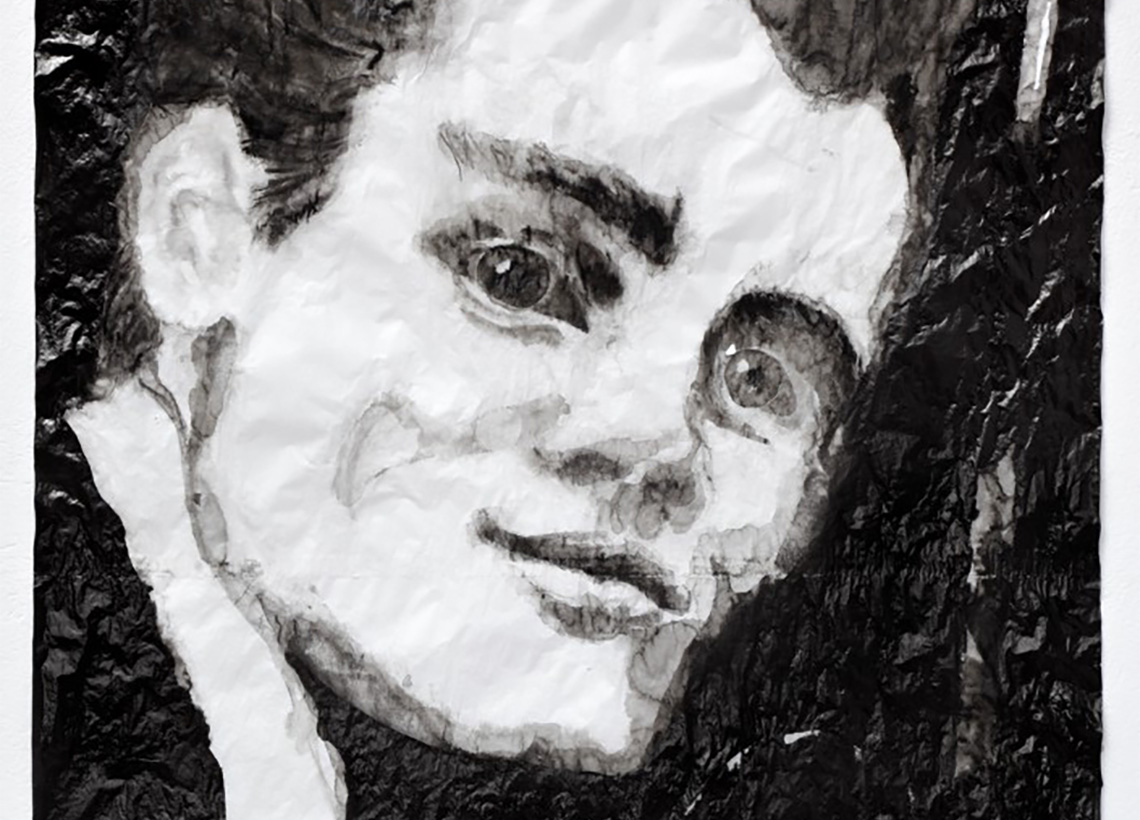
Lara Audergon is passionate about contemporary art, an interest that has blossomed since moving to Asia. In 2005, Lara Audergon and her husband Christophe left their native Switzerland to set up Crossinvest (Asia), an independent wealth management company based in Singapore. Since then, they have developed sophisticated private and corporate contemporary art collections.
How did your passion of contemporary art begin?
Lara Audergon: I have been enthusiastic about the art world for the longest of times. I grew up in Lugano and our family loved to travel and visit galleries around the world. We were keen to discover and understand all sorts of art. When I came to Singapore I was only 28. Christophe was 29. We brought with us a couple of Spanish artworks. As I look back, I realize that Singapore has been giving me the opportunity to grow and affirm myself professionally. With this evolution, I discovered a deepening interest in collecting art and evaluating art as an investment.

What was the turning point? When did you know you were a collector?
That depends on what you mean by ‘collector’. To me, the term comes with strong passion, deep interest and growing knowledge. My understanding has evolved as I have learned more from others. When you have a mutual interest, it’s easy to acquire information by interacting with people in the art world. I discovered probably seven years ago that my pleasure had turned into something much deeper. We had met Frédéric and Carole de Senarclens soon after they had arrived in Singapore through a mutual Swiss connection. They helped us immensely. Their taste in art is incredible as is their attention to detail. They’re able to source high quality works. And they have strong relationships with their artists.
Tell me about your company.
At Crossinvest, we offer a bespoke Wealth Management service to sophisticated investors. It is a family-owned and run business, established in Switzerland since 1985 and then in Singapore in 2005. The two entities share family ties and values, know-how and branding, but they are legally distinct and managed separately.
Why do you collect art for Crossinvest?
Art provides a strong identity and a distinctive flair to a Company. Apart from being an asset diversification strategy, the reason goes way beyond that. Collecting art reveals our broader interests. It shows our solidity and our long-term vision. We are a multi-generational family business that operates on solid shared values. We are highly focused on our core business, but we are also aware that Companies can play an important role when it comes to develop and promote more humanistic values.
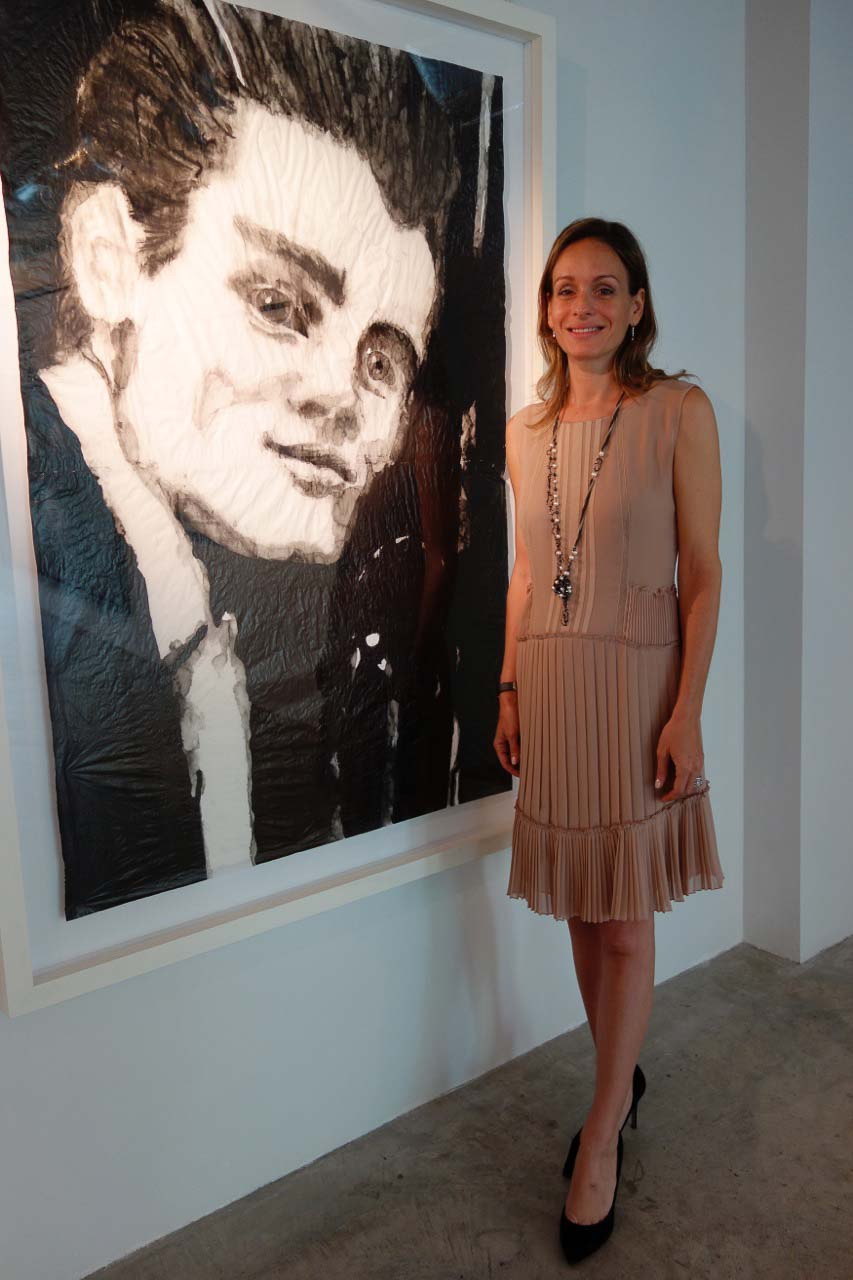
How do your clients respond to your collection?
Our artworks first of all enhance our working environment by providing a distinctive experience. Clients do appreciate our attention to detail and some do share our passion about art. Discussions around art are not rare instances when clients meet up with us. We value culture and celebrate curiosity and open-mindedness. Our contemporary art collection very well conveys this message.
Do you advise clients on specific art investments?
We are experts on wealth management, not art. We refer clients to proper industry experts.
Have you made any mistakes?
It’s too early to say really. I don’t yet know what artworks will stand the test of time. This is what makes contemporary art interesting. This is why I like to have a vast array of artists with different backgrounds. Some artists whose work I didn’t buy have become more successful. Sometimes, you feel you missed your chance. But I try to remember my reasons for not buying in the first place and trust those instincts. We approach art as long-term, stable investment. We don’t evaluate the collection on a short-term basis. After all, the art market follows crises that push prices down. We don’t purchase and resell. Hopefully, the works will stay with us. And since we are not selling, we haven’t actually made any ‘mistakes’!
What is your definition of “art”?
Art is always evolving. Long ago in Madrid, I remember seeing a Miró painting of single, black line on a yellow background. I wondered at first, how is that valued? But you look further. You begin to realize the yellow colour is not a simple, solid background. Painting a several meters long line without a smudge requires great skills. You locate it in certain period of time. You realize for that time, Miró had been rather daring.
Tell me about your collection.
I would safely say we grow more fond of our pieces the more we live with them and think about them. They reflect our personal taste. We don’t make cold investment decisions. However, our company evaluates every purchase. Everything is backed up by facts. Our collection is diverse and reflects our international exposure. Artworks come from Asia, Europe and the United States. We collect photographs, drawings and paintings, some colourful, others toned down. We enjoy a vast array of techniques and styles.
What levels of success do you look for?
Very different levels of success. We don’t buy extremely well established artists. We look for artists that are not so widely known, with possibly great potential. Take emerging talent Adriana Molder. Her work is affordable and achieves a good balance between quality and price. Her black and white artwork–ink on tracing paper–is stunning. She is inspired by the faces of famous people and portrays them. She revisits them! I have a male-female pair of old actors from the series Vampyr that I absolutely love! We also very much enjoy the work of Ian Davenport, who is more established. His colours are strong and they brighten up the space. I saw his work repeatedly. I found it attractive, but it was not necessarily love at first sight. But when I learned how he conducted his research – he uses industrial syringes to create linear abstract works – and the way he puts a palette of colours together to achieve a united feeling, I became captivated.
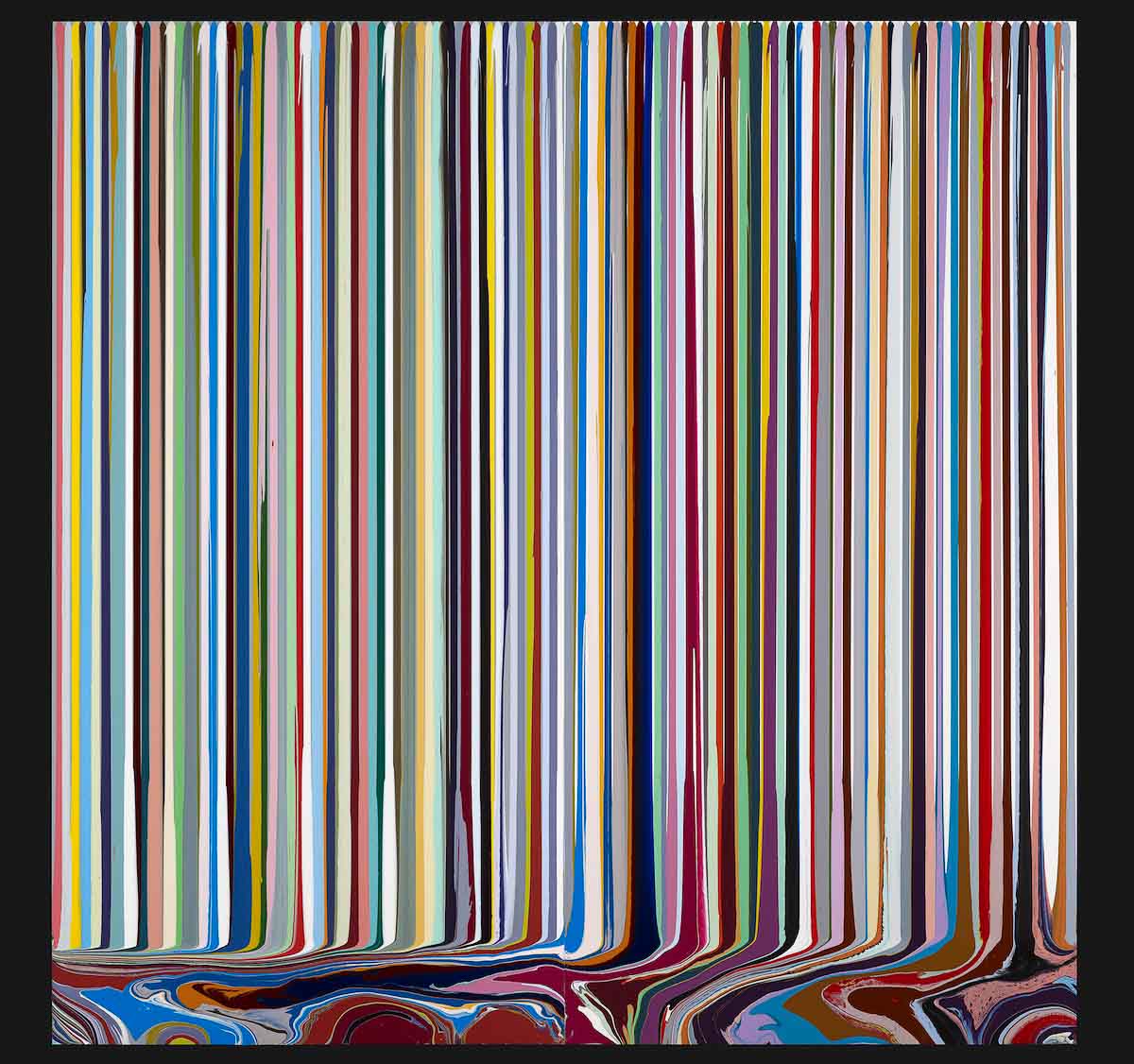
What is the prime factor you consider when making a decision?
The availability of wall space! We do not have much space left.
Can you explain your research approach?
We have folders for the artists we collect. You need to be orderly as you collect data – for example, auction prices – and news clippings. From time to time, we do Internet searches. We speak to dealers, especially Frédéric and Carole, who keep us updated on new developments, such as important publications, museums exhibitions, commissions, etc. I treasure my bulging folder on Thukral and Tagra, for instance. This Indian duo is incredibly creative, working around theme of growing consumerism. That topic interests me: the mass industrialization era. I am at times an unhappy consumer surrounded by conformism and standardization. They play with that idea. It’s fascinating.
Fill in this phrase: “If I could buy the work of one artist it would be…”
Miró! His work is iconic and so avant-garde for his time. What intrigues me is how “simplicity” can be beautiful. But he’s not the only one. There are many artists I appreciate. I keep my mind open.
What do your future plans include?
We have no agenda for the time being. We want to be open, to be inspired as we go to galleries and museums.
What is different about museum collections compared to private ones?
Private collections will reflect the taste of people selecting. They have a stronger identity. A museum collection must be much broader. In a museum, art is really their specialty. They have broader access and many experts working around a collection. For us, we rely on our own taste and we hope to leave a legacy to the next generation.
How important are art fairs?
Art Stage Singapore and the Art Basel Hong Kong fair are good platforms for gathering ideas, but we don’t buy pieces at fairs. We need a longer time frame to consider a piece before we make a decision to buy.
As a couple, how do you make decisions?
We mostly make joint decisions. Our taste is similar, though we have some differences. We won’t buy if we don’t agree. I am the catalyst, I suppose, because I follow developments in art in more depth than Christophe does. It’s a philosophical process as well.
Philosophical process? Please explain.
We always ask, ‘what is it about this painting that makes it sought after?’ In the case of Davenport, it’s the uniqueness of his style. When you consider ‘simplicity’, you think of ‘banal’. But to do work that is simple, clean and aesthetically pleasing is not easy. It’s perhaps similar to building a minimalist house: clear and clean lines are more difficult to achieve.
What percentage of a financial portfolio should be dedicated to art collecting?
We see investing in art as part of a bigger picture of multi-generational wealth preservation and legacy creation. So it’s more at a family office level rather than just pure asset management. Families are very different from each other and so are their needs and aims.
What advice would you give someone who wants to start a collection?
First, to seriously collect, you need to have passion before you start. Next, find someone you can rely on. Build a relationship with dealers you trust. Third, find backup information about the artist by checking the Internet and auction records. The more links you find, the more assurance you can have that the artist is receiving public acclaim and has reached a certain level of success. Finally, remember you must love the artwork!




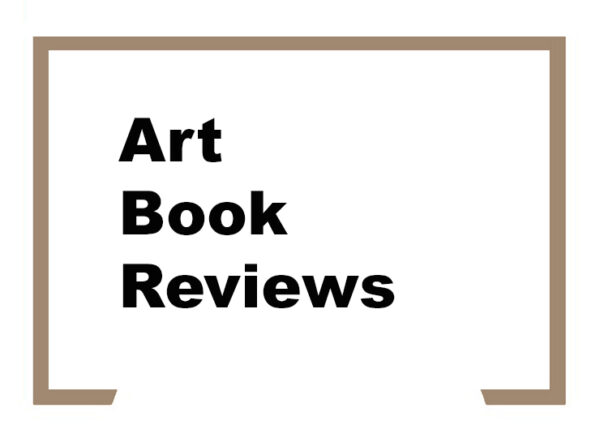
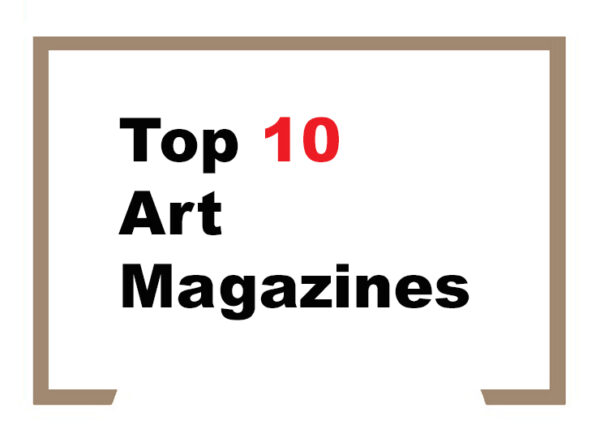




Comments